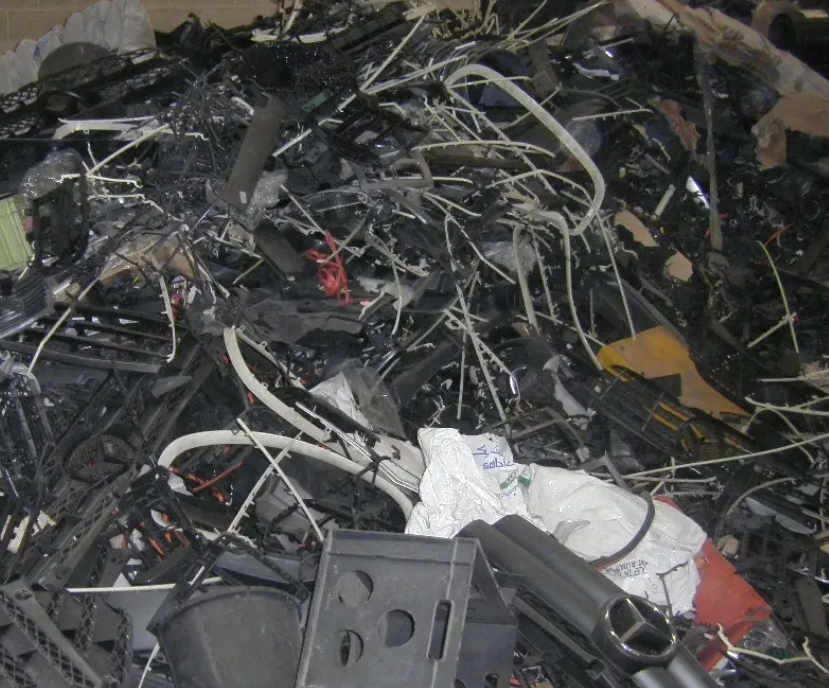The advent of the new energy era has brought new opportunities for the development of China's automotive industry. Simultaneously, the application of recycled plastics has seen significant growth, becoming a focal point in the field of automobile manufacturing.

Extensive Application of Recycled Plastics
Recycled plastics have shown robust potential across various sectors, including packaging, consumer electronics, automobiles, and sports and leisure industries. In the automotive sector, the recent proposal by the European Union on July 13th, titled "On Vehicle Circular Design and End-of-Life Vehicle Management," has once again thrust recycled plastics into the spotlight.
Impact of the EU Proposal on the Recycled Plastics Industry
The content of the EU proposal covers nine chapters, with specific requirements for the automotive industry mainly found in the third, fourth, and fifth chapters. These sections focus on vehicle circular design requirements, manufacturer management requirements, and end-of-life quality management requirements. According to Ms. Fan Lihua, from China Automotive Data, all these requirements are based on the extended producer responsibility framework, requiring producers to take responsibility for the entire lifecycle's environmental, economic, and social aspects.
For example, concerning circular design, the proposal demands designs that align more with circular attributes. A specific and quantifiable metric for recycled plastics is mentioned: within 72 months of the regulation's effectiveness, at least 25% of the plastic used in vehicle manufacturing must be post-consumer recycled plastic (PCR), with 25% of that coming from recycled end-of-life vehicles. The calculation and verification methods for these proportions will be provided 24 months after the regulation comes into effect.
In the realm of end-of-life vehicle management, the new proposal also mentions a 30% target, but this is for Auto Shredder Residue (ASR), typically associated with European dismantling companies.
These quantifiable metrics form a closed loop, particularly concerning recycled plastics. The front-end design requires 25% of plastic used in vehicle manufacturing to be PCR, with 25% of that sourced from recycled end-of-life vehicles. This means that 6.25% of the entire vehicle's plastic usage must come from automobiles.
"This requirement poses a considerable challenge for our entire automotive industry. Therefore, many comments suggest that the EU's new proposal on 'Vehicle Circular Design and End-of-Life Vehicle Management' is not just a green policy but more of a competitive policy. Everyone needs to pay attention to the development trends of this policy," stated Ms. Fan Lihua.